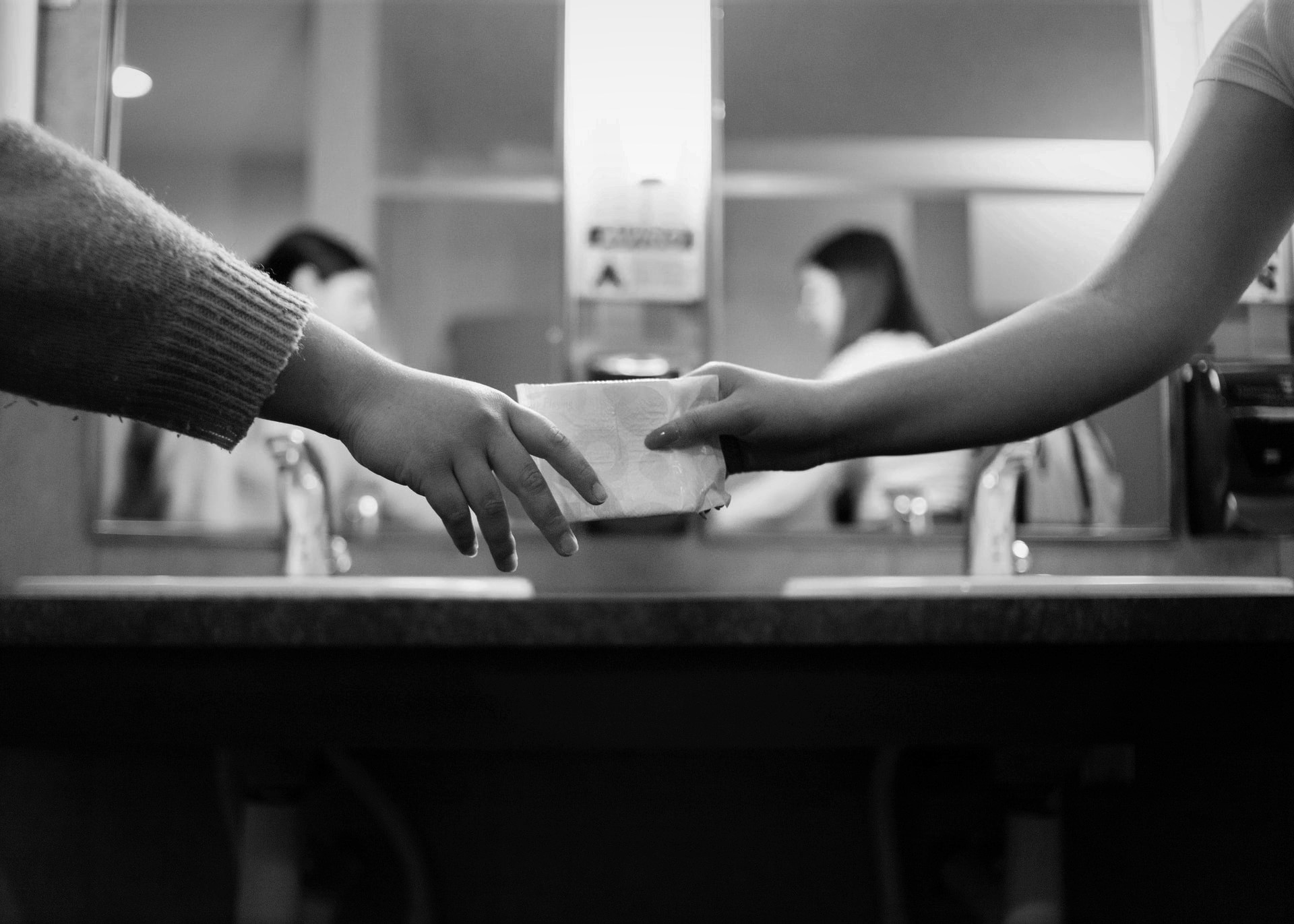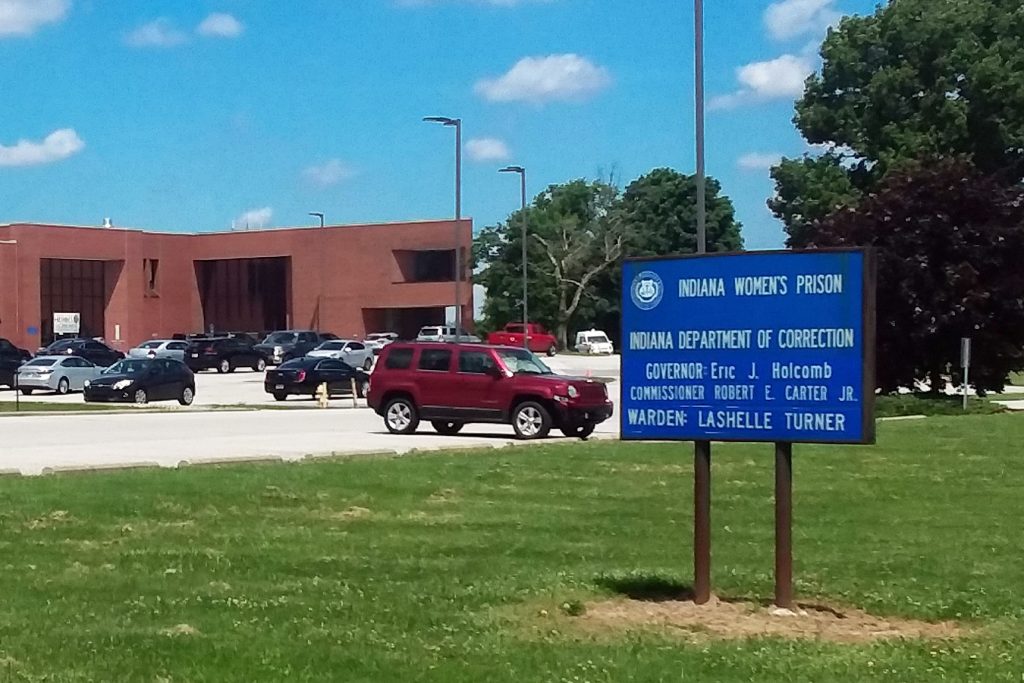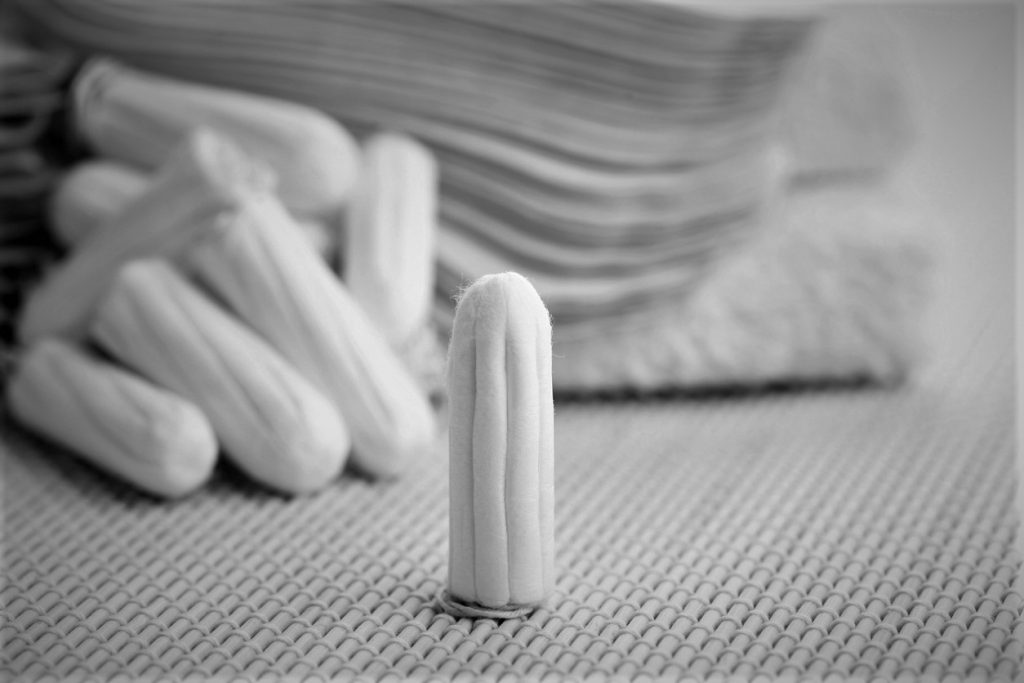
19 Aug U.S. Prisons Still Don’t Have Adequate Menstrual Supplies in 2021
Overall, the number of people imprisoned in the United States has been on the decline. But when it comes to people who the government identifies as women, that number is at an all-time high. As of 2019, more than 219,000 people labeled as women are incarcerated across the country. And yet, when it comes to the regular needs of a population that skews towards people who menstruate regularly and experience other common biological functions, the supplies to address those needs can be extremely difficult to come by, if not impossible. While some states have begun to address these issues, many people U.S. prisons still lack easy access to menstrual supplies.
The BOP mandated free menstrual supplies for federal facilities in 2017, but that has solved very little.
The issues with lack of access to menstrual supplies in prisons did not go unnoticed—at least not on the federal level. In 2017, the BOP issued a memo which mandated that its facilities stock menstruation supplies give them away at no cost.
The memo states as follows:
“Wardens will ensure inmates are provided the following products (at no cost to the inmates):
- Tampons, regular and super size;
- Maxi Pads with wings, regular and super size; and
- Panty liners, regular
Institutions will purchase the products in accordance with National Acquisitions guidance, and should not significantly increase overall expenditures for female hygiene products beyond current levels.”
At just 162 words long, the memo is as brief as its language is clear. Nonetheless, a follow-up report by the BOP revealed that not much had changed for many in female-designated facilities. Subjects reported issues such as restrictions on availability, irregular distribution of products or being forced to pay for products despite the mandate.
But another issue looms even larger. Federal prisons house only five percent of the country’s prisoners classified as female. The remaining 95% of those people are incarcerated in state prisons or local jails. And in state prisons and local jails, the availability of these items varies wildly.
Since the BOP memo, states have been slow to catch up. As of 2020, only 13 states and the District of Colombia had laws on the books that required facilities to provide menstrual supplies free of charge to people in jails in prisons. That means that in the vast majority of states, corrections facilities have little to no legal obligation to provide necessary health supplies.

Incarcerated women in most states deal with significant obstacles to getting adequate menstrual supplies.
In states without such laws on the books, people who menstruate face serious challenges to getting supplies in prison. These issues are wide-ranging and different across different states and facilities.
For example, West Virginia state prisons do not allow incarcerated people to have more than two boxes of tampons at a time. In Delaware, incarcerated people need to ask guards—many of whom identify as male—specifically for tampons. Even then, the guards can only issue six at a time, and people must purchase them.
Interrogating Justice social media coordinator Kristine Bunch shared her own experience with these issues in the Indiana state system.
“I gave birth to my son on July 22, 1996 at the Indiana Women’s Prison,” said Bunch. “On July 27, I was told that we were out of pads and I would need to purchase tampons off of commissary. I explained to the male officer that I had had a cesarean section five days before and tampons were not recommended. He said, ‘We should have some in a few days and you can have this.’ He handed me a roll of toilet paper.”
Bunch says that the response to the incident made hurt her emotionally as well as put her health at risk.
“I was embarrassed because I not only had to explain to a male officer that I needed pads but I was made to feel like I was not worthy of sanitary napkins because I was in prison,” she said.
Even when supplies are available in some places, many incarcerated people can’t afford them.
But the availability of and access to menstrual products is just the first obstacle. In many systems, people in prisons need to pay for their own menstrual supplies. The basic economy of prisons makes that a challenge for many.
For starters, menstrual supplies often cost significantly more in prison commissaries than they do at the local pharmacy or supermarket. Bunch said it wasn’t just a small markup either.
“A box of 10 regular tampons can be bought in the store from $2.99 to $3.79 depending on where you purchase them,” she said. “The same box can be purchased off of a prison commissary for double that price.”
It’s not just Indiana that marks up its menstrual supplies by nearly double. That’s true in many states. For example, in Texas, a 54-count box of tampons (no brand specified) costs $11. That’s almost exactly twice what major retailers sell them for. In Michigan, a 20-count box of Playtex Gentle Glide tampons for $7.89. A major retailer sells a box of 36 in the same brand and model for less than one dollar more.
It’s not just the cost, either. While some incarcerated people have the support of families or savings to help them obtain their supplies, most don’t. Statistically speaking, most people in female-designated prisons lived below the poverty line before incarceration. That means that for most part, people rely on their prison wages to pay for the items they need.
A person uses around 20 tampons per menstrual cycle on average. With the average prison job wage in Michigan at $0.56 per hour, a person needs to work more than 14 hours per month just to cover the cost of menstrual supplies for that month—nearly two full workdays.

Some states have made progress this year, but obstacles still abound.
There is some evidence that attitudes—or at the very least, laws—around these issues are changing. Several states have introduced legislation this year that addresses this very issue.
Perhaps somewhat surprisingly, this push has extended across partisan lines. Bills addressing the issues have reached legislatures in reliably progressive states like California. They’ve also done so in “battleground” states like Missouri, Pennsylvania, and North Carolina. But they’ve also popped up in deeply conservative states such as Mississippi, too.
However, the challenge of improving conditions for the nation’s fastest-growing prison population is as cultural and structural as it is practical. Despite accounting for just 10% of the population, people identifying as white males hold 62% of elected offices in the United States.
These are the people who make the budget-level decisions for their state’s systems—people like Rep. Richard Pickett (R-Maine). As with many political issues in the U.S., many of these people have failed to display empathy when making these decisions. When asked why he voted against providing menstrual supplies, Pickett responded, “The correctional system was never meant to be a country club.”

